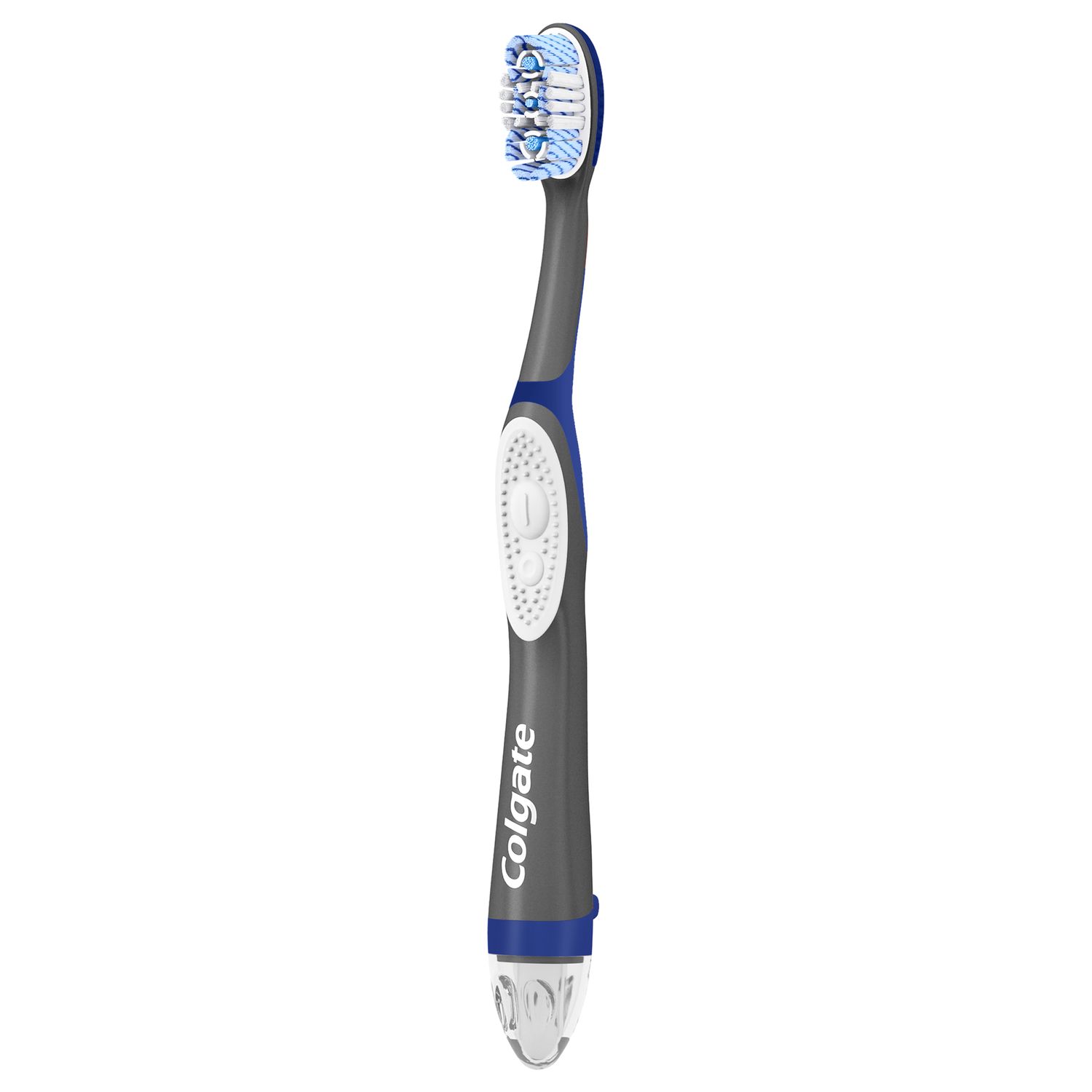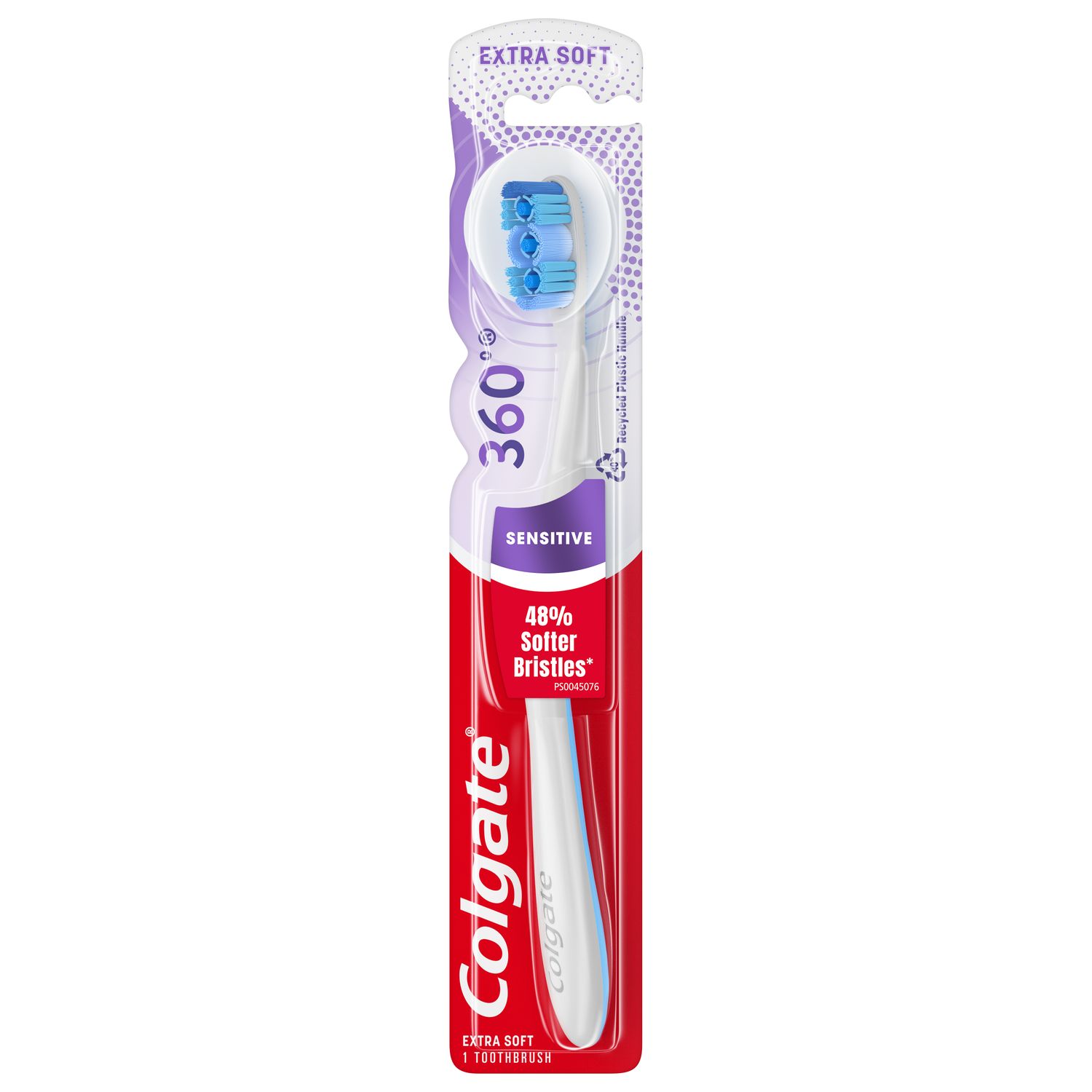What Is Gingivitis?
When bacteria builds up around your gum line, it creates a layer of plaque, a soft, sticky, colorless film. Plaque that goes untreated can harden and turn into tartar. Plaque and tartar both cause gum disease. In its earliest stages, gum disease is called gingivitis. According to the Journal of Dental Research, nearly half of adults over 30 in the US (47.1 percent) have some form of gum disease. Left untreated, gingivitis can develop into periodontitis. This more severe form of gum disease can cause your teeth to loosen or even fall out. That's why it's so important to address signs of gingivitis right away.
What Are the Symptoms of Gingivitis?
Symptoms of gingivitis include:
Swollen/puffy, red, tender gums.
Gums that bleed when flossing or brushing.
A change in gum color from pink to red.
Persistent bad breath and/or a bad taste in your mouth.
If you notice the following symptoms, your gum disease may have progressed to an advanced form called periodontitis:
Receding gums.
Longer-looking teeth with visible roots.
Loose or shifting teeth.
A change in your bite, or how your teeth fit together.
Gingivitis symptoms are not always obvious, so the best way to catch gum disease early is to visit your dental professional for regular check-ups. However, Iif you notice any irregularities in the health of your gums, don't wait until your next check-up – make an appointment with a dental professional right away.
Causes and Risk Factors of Gingivitis
The leading cause of gingivitis is poor oral hygiene. By taking care of your mouth, you're best positioned to have healthy, disease-free gums. But there are other risk factors, too, such as:
Certain lifestyle choices like smoking, tobacco use, and a high-sugar diet.
Health issues like pregnancy complications, obesity, and chronic stress.
Medical conditions like diabetes, cardiovascular disease, and osteoporosis.
Medications. Speak to your prescribing physician if you’re concerned about side effects from your medication.
Age. According to a study published in the Journal of Dental Research, 64% of adults over 65 have either moderate or severe periodontal disease..
Other illnesses are being evaluated for possible connections to gum disease, including pancreatic cancer, pulmonary disease, and rheumatoid arthritis.
How To Prevent Gingivitis
Practicing good oral hygiene is the best way to prevent gingivitis. Some care tips include:
Brush 2x a day.
If regular brushing is already part of your routine, double-check that you are using the correct technique. Your healing gums might require a gentler touch first, so make sure you are using a soft-bristled brush and applying the right amount of pressure.Clean between your teeth once a day.
Use dental floss, a water flosser or interdental brush to get between your teeth and under your gum line to remove irritants like bacteria and food debris and help reduce inflammation.Add a mouthrinse for extra protection.
An over-the-counter antimicrobial mouthrinse will help you treat infection and control bacterial growth in your mouth, too. Ask your dental professional for their recommendation.
And be sure to see your dental professional for regular appointments – not only to keep your teeth pearly- white but to check on the health of your gums, too.
How To Diagnose and Cure Gingivitis
If you are experiencing symptoms, call your dental professional to get their advice on curing gingivitis. Your dental professional will be able to give you a thorough cleaning to remove any plaque from the surfaces of your teeth and under your gum line. If the plaque has calcified, your teeth might require a more advanced technique called scaling and root planing. For more severe cases, your dental professional might use a dental probe to measure any pockets that develop at your gum line to see if your condition is progressing toward periodontitis
Your dental professional will do more than clean your teeth. They will examine your mouth for any other abnormalities and make recommendations that might make it easier for you to clean your gums and teeth at home.
How to Fight Gingivitis With Proper Toothbrushing Technique
The first step in fighting gingivitis is brushing your teeth using these tips:
Use a soft-bristled toothbrush that is small enough to get into hard-to-reach places like your back molars.
Start brushing with the toothbrush at a 45-degree angle against the gum line.
Use gentle, short, back-and-forth strokes on each tooth. Don't press too hard.
It doesn't take a lot of pressure to remove plaque build-up, but it does take time. Brush your teeth for at least two minutes each time. You can divide your mouth into quadrants, or start in the same place every time. Use whatever technique feels comfortable so long as you don't skip over any teeth. Make sure you get both the front and back sides of your teeth too. Lastly, brush the chewing surfaces of your teeth and then your tongue to remove the last of the bacteria.
When was the last time you replaced your toothbrush? Toss old and worn toothbrushes every three months, or as soon as they get frayed bristles. They won't clean your teeth as well, and old toothbrushes can harbor bacteria. Talk to your dentist about which kind of toothbrush and toothpaste is right for you.
How Does Flossing Help Reverse Gingivitis?
Toothbrushes can't always clean the spaces between your teeth. Plaque and bacteria can hide here, irritating your gums and causing gingivitis. That's where flossing comes in. According to the American Dental Association (ADA), dental floss removes plaque between your teeth and under your gum line, removing these irritants and helping reduce inflammation.
The best time to floss is around bedtime, after you're finished eating for the day, as part of your nightly brushing routine. There are many flossing products out there. Whichever you choose, ensure you are flossing with a clean section of floss, so you aren't moving bacteria to other teeth. Be gentle and don't force the floss. Slide the floss between each tooth and the front and back using push-pull and up-down motions.
Just like brushing, ensure you are not skipping any tooth or rushing the process. Taking care to do the job right can help reduce inflammation and treat gingivitis.
If you're overwhelmed with flossing product choices, ask your dentist for a recommendation on the right type of flossing product for your oral care needs.
Are There Home Remedies for Gingivitis?
If you're searching for a gingivitis home remedy, you may have come across options like:
Turmeric.
Sage.
Lemongrass.
Coconut oil pulling.
Baking soda.
Aloe vera.
Salt water rinses.
There is not enough research or evidence to show that these home remedies can actually cure gingivitis, and some of them may actually be harmful to your teeth and gums. The best and safest way to reverse gingivitis is to visit your dental professional.
If you notice any tenderness, swelling, or bleeding in your gums, call your dental professional for an appointment. By detecting gingivitis symptoms early and seeking treatment, you can quickly and easily relieve your symptoms and restore your gum health to a condition you can smile about.
This article is intended to promote understanding of and knowledge about general oral health topics. It is not intended to be a substitute for professional advice, diagnosis or treatment. Always seek the advice of your dentist or other qualified healthcare provider with any questions you may have regarding a medical condition or treatment.
ORAL HEALTH QUIZ
What's behind your smile?
Take our Oral Health assessment to get the most from your oral care routine
ORAL HEALTH QUIZ
What's behind your smile?
Take our Oral Health assessment to get the most from your oral care routine















